Canker Diseases - Hardwoods
Butternut Canker
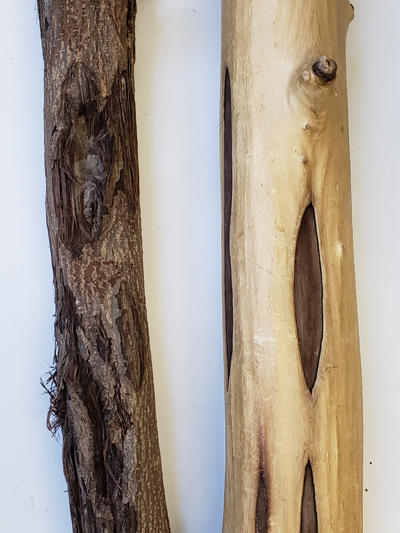
Cankers on butternut caused by Ophiognomonia (old name: Sirococcus) clavigignenti-juglandacerarum. Stem with bark (left) and with the bark removed (right) to show the cankered areas.
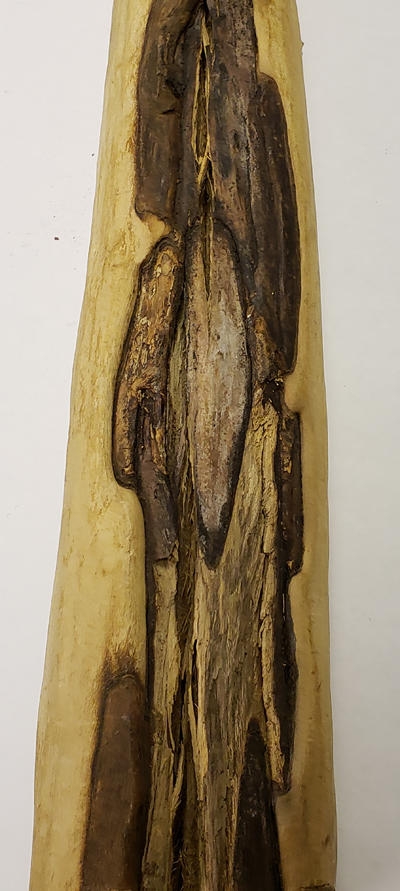
Many different cankers coalesce killing large parts of the stem and finally kill the tree.
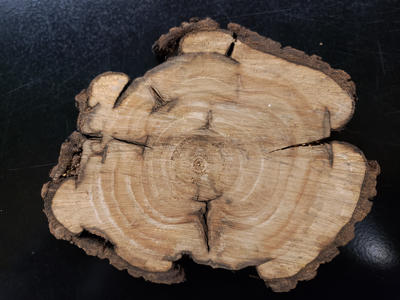
This cross section of a butternut tree shows cankers were produced for many years. At first only a few cankers were on the tree and the tree recovered. However, in later years the number of cankers and size of the cankers increased. Coalescing cankers kill butternut trees.
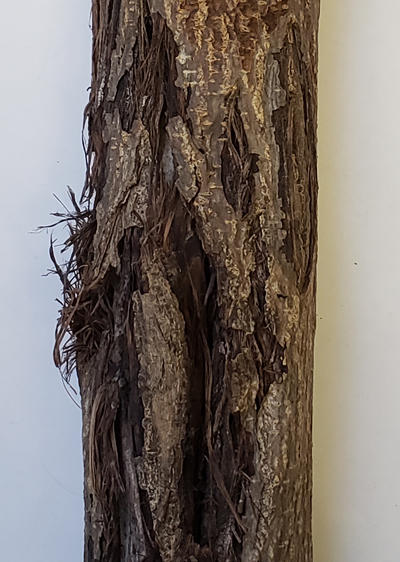
Pycnidia form on cankered stems producing conidia. No sexual state is known.
Black Knot of Cherry
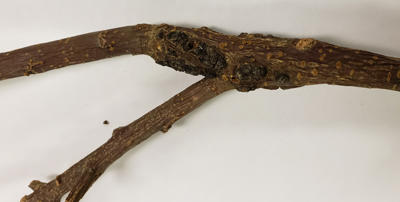
A black knot caused by Apiosporina morbosa starting to form on a branch.
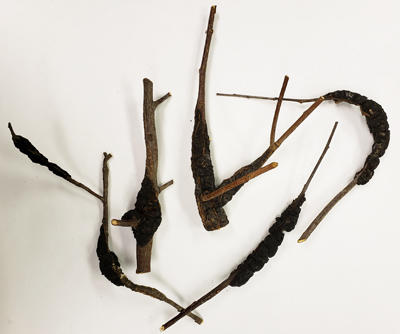
Branches of cherry with black knot.
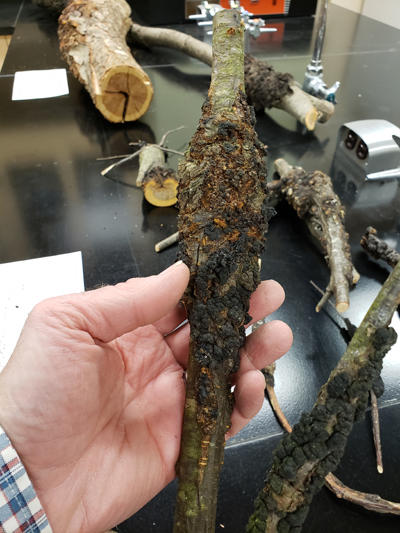
Perithecia are formed in the black stroma producing ascospores that cause new infections.
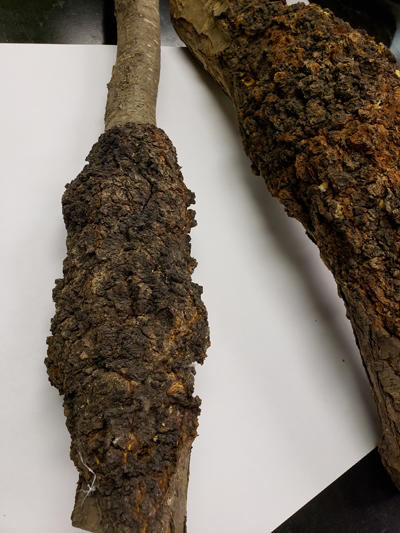
Main stem of cherry with black knot. Sometimes the black knot persists and grows larger as the tree grows.
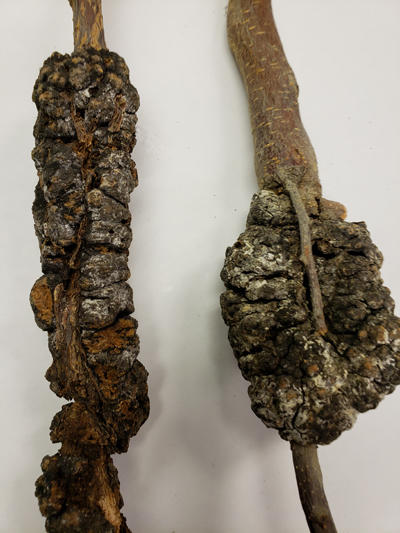
White fungal growth can sometimes be seen on the black galls. This is a mycoparasite called Trichothecium that attacks the black knot.
Diamond Willow
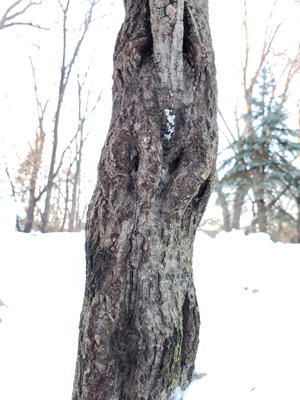
Many perennial cankers on a willow.
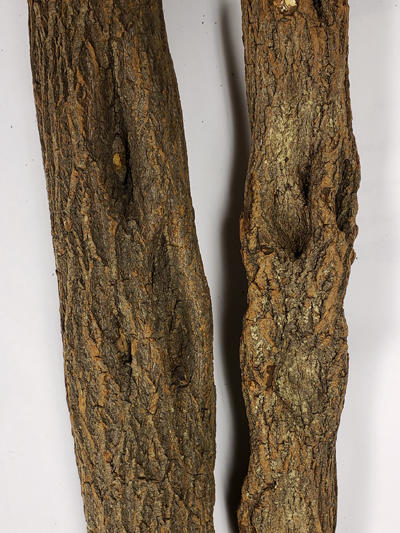
Willow stems with cankers
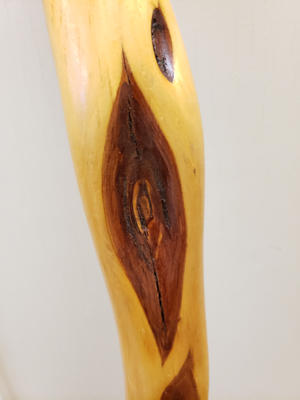
When the bark is removed from the cankered willow the diamond-shaped cankers can be seen.
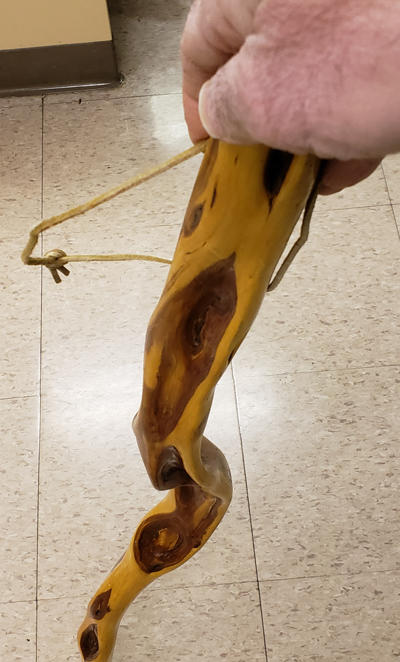
Diamond willow walking stick with many cankers all over it.
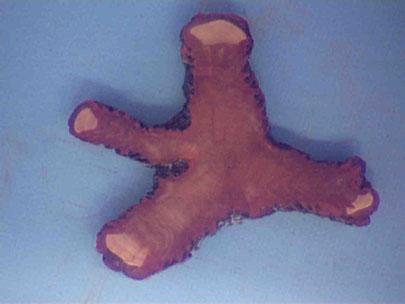
Cross section through a canker on willow showing 4 perennial cankers. The white regions are the only areas where the sapwood is still alive.
Golden Canker
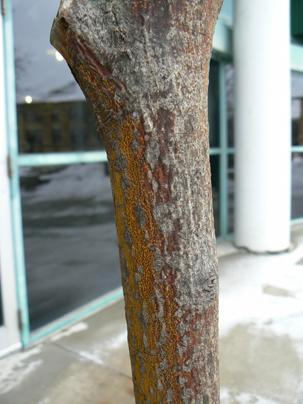
Canker caused by Aurantioporthe (old name: Cryptodiaporthe) corni on the main stem of alternate leaf dogwood. The canker has a bright golden coloration. The dark reddish bark is the natural color of the bark and the area not yet affected by the canker causing fungus.
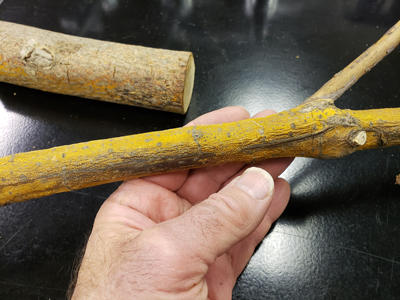
Pycnidia and perithecia form on the cankered stems.
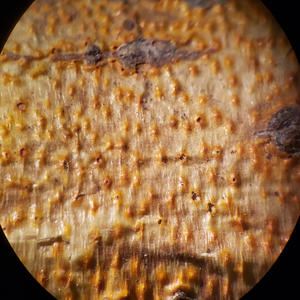
Soon after the cankers form, pycnidia can be seen (raised bumps on the stem). The pycnidia will produce masses of asexual spores.